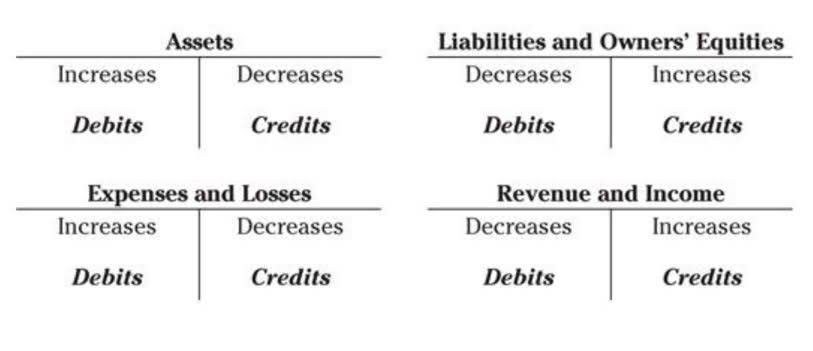Capital Asset Pricing Model CAPM Formula + Calculator

For example, if your company acquires 60% of another business, you’ll need to consolidate their accounts into your financial statements. This approach provides a clear, holistic view but requires careful navigation of consolidation challenges to avoid misstatements and guarantee accurate reporting. In Q1 2022, Tech Innovators Inc. saw a $2M equity increase due to successful product launches and strategic investments. Conversely, HealthPlus Corp.’s equity dropped by $1.5M in Q2 2022, reflecting investment impacts from unprofitable ventures. Green Energy Ltd. experienced a $3.2M equity rise in Q3 2022, driven by favorable market fluctuations and solid financial strategies.
- It’s simply the latest share price multiplied by the total number of shares outstanding.
- In conclusion, the levered betas that we arrived at match the stated levered beta assumptions from earlier, confirming that our formulas were entered properly.
- Maintaining consistent financial recordkeeping is vital for accurate financial reporting and informed decision-making.
- The equity accounting formula can achieve precise financial reporting, which is essential for equity valuation and developing effective investment strategies.
- Meanwhile, Verizon’s telecommunications business model is similar to utility companies, which have stable, predictable cash flows and typically carry high debt levels.
- If you are the company, the cost of equity determines the required rate of return on a particular project or investment.
- This equation is the basis for the balance sheet, which summarizes a company’s financial position at a specific point in time.
Unlevered Beta Formula
In finance and accounting, equity is the value attributable to the owners of a business. The account may also be called shareholders/owners/stockholders equity or net worth. Stockholders’ equity is the remaining assets available to shareholders after all Grocery Store Accounting liabilities are paid. It is calculated either as a firm’s total assets less its total liabilities or alternatively as the sum of share capital and retained earnings less treasury shares. Stockholders’ equity might include common stock, paid-in capital, retained earnings, and treasury stock. Calculating equity step-by-step guarantees you accurately determine a company’s net worth.

Simplifying Beta Calculations with AI
Companies may do a repurchase when management cannot deploy all of the available equity capital in ways that might deliver the best returns. Shares bought back by companies become treasury shares, and the dollar value is noted in an account called treasury stock, a contra account to the accounts of investor capital and retained earnings. Companies can reissue treasury shares back to stockholders when companies need to raise money. It is calculated by multiplying a company’s share price by its number of shares outstanding, whereas book value or shareholders’ equity is simply the difference between a company’s assets and liabilities.
How Is Equity Calculated?
Understanding the investment impact through equity valuation helps you make informed decisions. Understanding the equity formula allows you to assess how well a company is managing its resources and bookkeeping obligations. The easiest way to purchase equity is by investing money in the relevant company’s stocks. Dividends are paid out in cash, so the company’s cash account would go down by $10,000. People used to get pieces of paper called share certificates (shown above) to show that they actually owned shares of a company.

Home equity is often an individual’s greatest source of collateral, and the owner can use it to get a home equity loan, which some call a second mortgage or a home equity line of credit (HELOC). An equity takeout is taking money out of a property or borrowing money against it.
This can occur when a company decides to raise additional capital or when employees are granted stock options or equity incentives. To manage equity dilution, it is important to carefully plan and structure equity issuances, consider alternative financing options, and ensure that the benefits of equity dilution outweigh the drawbacks. formula for equity As assets increase, the value of the company increases, which increases the value of shareholders’ ownership stake in the company. This can lead to higher profitability and potentially higher dividends for shareholders. Retained earnings, also known as accumulated profits, represent the cumulative business earnings minus dividends distributed to shareholders.
- In the second method, an analyst builds a DCF model and calculates the net present value (NPV) of the free cash flow to the firm (FCFF) as being $150,000.
- In the next section, we’ll calculate the levered beta using the formula we went over earlier.
- When an investment is publicly traded, the market value of equity is readily available by looking at the company’s share price and its market capitalization.
- Cost of equity can be used as a discount rate if you use levered free cash flow (FCFE).
Beta Calculator — Excel Template
The Market Capitalization of publicly traded common stock can be construed as the company’s worth based on its market standing or its demand among investors. Any business owner who is serious about growing their business needs to understand equity. If you understand equity, you’ll feel confident bringing in outside investors, working with business partners, and understanding how much your “share” of the business is actually worth.


Often referred to as the “equity beta”, a levered beta is the beta of a firm inclusive of the effects of the capital structure. The overall stock market is said to have a beta of 1.0, so companies with a beta of 1.0 should be expected to provide returns at an identical rate to the overall stock market, on average. The cash-on-cash return offers a “snapshot” of the annualized return relative to the cash investment, with consideration toward only the cash income generated by the property. In practice, the equity multiple is perceived to be a quick, “back of the envelope” method to analyze the return on a potential property investment. An equity multiplier of 5.0x would indicate that the value of its assets is five times larger than its equity.
